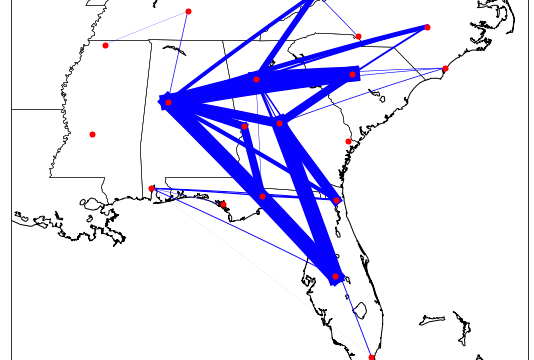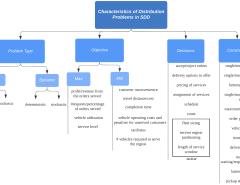Authors: Jingze Li, Xiaoyue Liu, Mathieu Dahan, Benoit Montreuil
Published on: February 09, 2024
Impact Score: 8.38
Arxiv code: Arxiv:2402.06222
Summary
- What is new: A novel two-stage programming model that targets solving trucker shortage by optimizing a relay system for short-haul drivers, offering potential daily home return and consistent schedules.
- Why this is important: The trucker shortage issue, exacerbated by long-haul requirements that prevent drivers from returning home daily and disrupt their schedules.
- What the research proposes: Implementing a hyperconnected relay transportation system, optimized via a two-stage programming model for short-haul drivers to enable daily home return and consistent work schedules while reducing transportation costs.
- Results: The model proved effective in a case study on automotive delivery in the Southeast USA, showcasing improved scheduling and reduced costs, demonstrating the impact of stochastic demands, operational patterns, and hauling capacities on the service network design.
Technical Details
Technological frameworks used: Two-stage programming under demand uncertainty; scenario-based approach for optimization.
Models used: Hyperconnected relay transportation model, incorporating operational patterns and schedule consistency requirements.
Data used: Case study data on automotive delivery in the Southeast USA.
Potential Impact
Trucking and logistics industries, particularly companies facing long-haul transportation challenges and trucker shortages, stand to benefit or need to adapt to these insights.
Want to implement this idea in a business?
We have generated a startup concept here: ConnectHaul.




Leave a Reply